Shimano pedals are known for their durability, intuitive function, and efficient power transfer for cyclists of all types. For road riders, Shimano Dura-Ace and Ultegra SPD-SL pedals feature lightweight carbon-composite bodies and a wide platform designed for stability and control. Shimano now offers these premium pedals in more than one axle length option, which can have important implications for your unique body type and pedaling style.
Enhancing stance width through pedal axle lengths
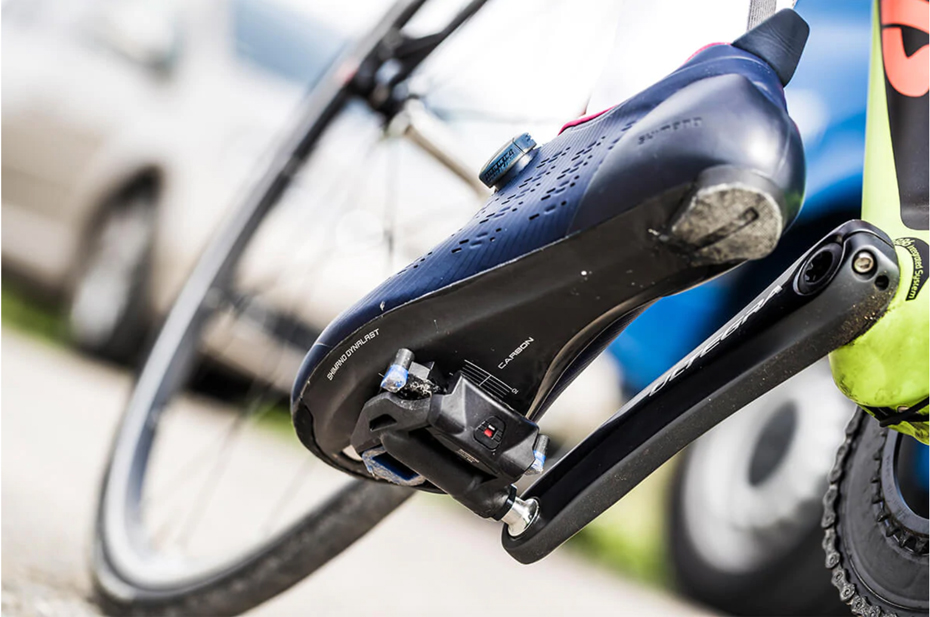
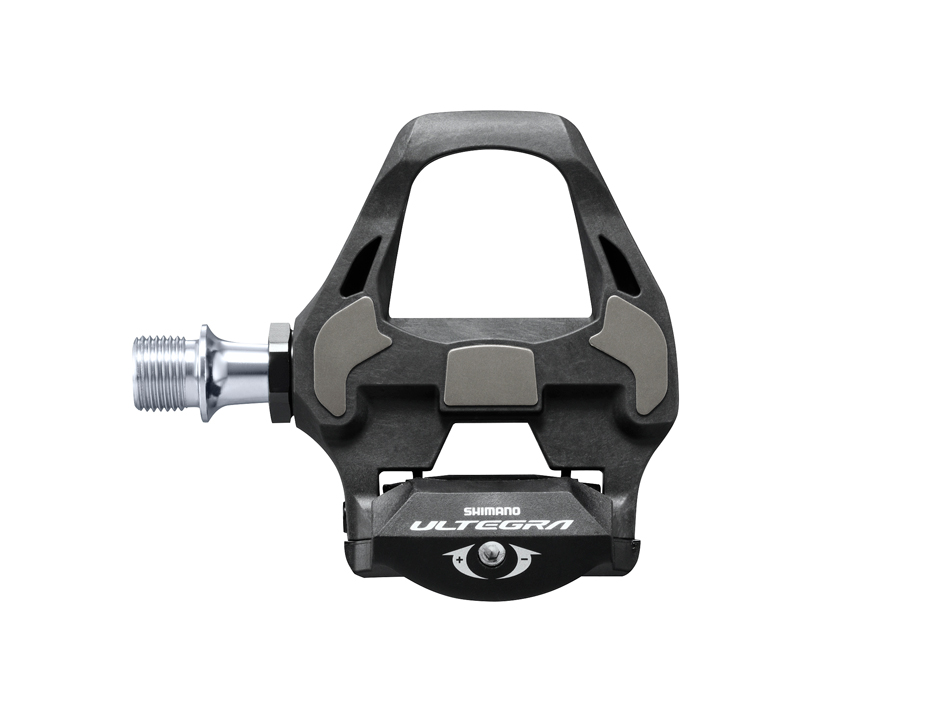
Historically, high-performance cyclists have preferred a narrow pedaling stance width, which is defined as the distance between a rider's pedals (measured at the centerline of each pedal). A narrow stance width means your feet are closer together, while a wide stance width means your feet are farther apart. In the past, a narrow stance width was thought to be more mechanically efficient and more aerodynamic. However, more recent research and development in bike fitting has revealed that narrow pedaling stance isn't always desirable. Additionally, some top professional cyclists requested pedals with longer axles to help improve their pedaling efficiency, which inspired Shimano to create the special +4 mm longer axle option for Dura-Ace and Ultegra series pedals. These pedals are otherwise identical to their short-axle brethren, with long-life bearings, adjustable release tension, and the quality fit-and-finish you expect from Shimano.
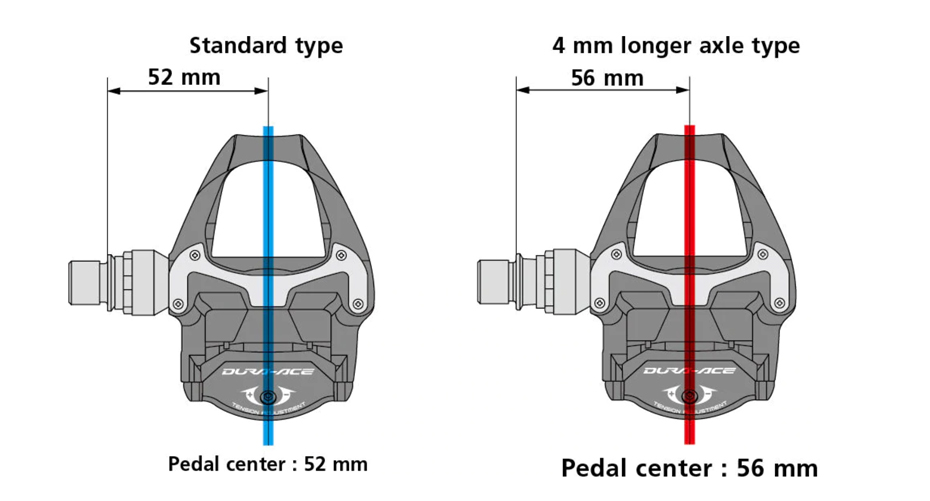
The best way to determine the right axle length for you is to visit a qualified professional bike fit specialist who can evaluate your biomechanics and let you try both pedal types. The +4 mm longer axle pedal type is often preferred by athletes with naturally wide hips, large quad muscles, or those who simply don’t feel comfortable with their feet close together. For these athletes, adding axle length helps to maintain correct leg and foot alignment, aiding in efficient power transfer and low joint stress.
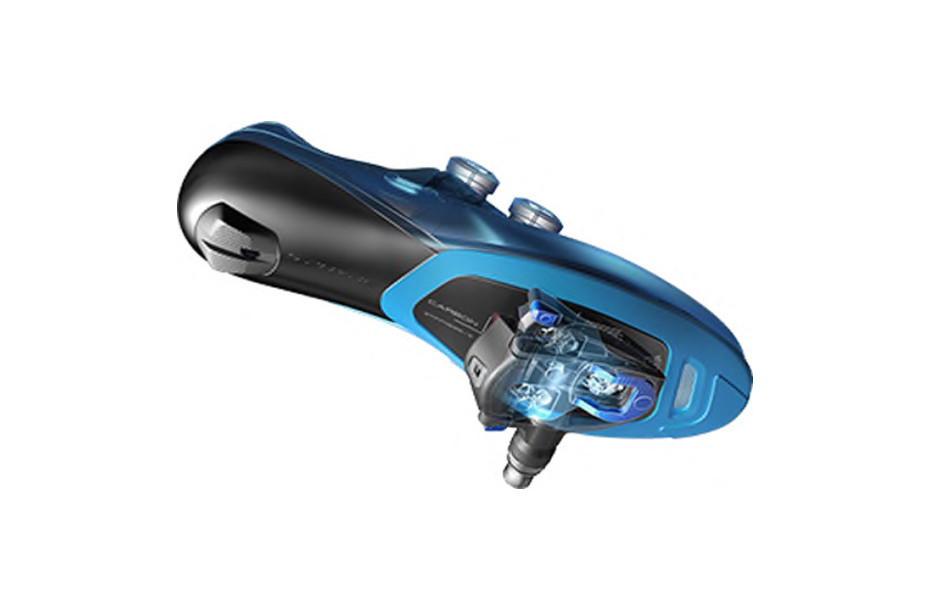
Keep in mind that the pedal axle length is only one factor that influences your stance width. Another important aspect is Q-Factor. This is the lateral distance between your bike's crank arms (measured at the surfaces that your pedals thread into), and this distance varies between different crankset models. So, riders must take into account both the Q-Factor and pedal axle length when determining stance width. A narrow Q-Factor crank with +4 mm longer axle pedals might have the same effective stance width as a wide Q-Factor crank with standard short-axle pedals.
Some athletes who switch between riding road bikes and mountain bikes will benefit from using Shimano's +4 mm longer axle SPD-SL pedals on their road bike. Using these longer pedals on a road bike creates a stance width closer to a mountain bike, which typically has a wider stance width due to the wider Q-Factor of mountain bike cranks. Aligning stance widths between different bikes creates a more seamless transition from one bike to the other. (Shimano also offers several SPD mountain bike pedals in a -3 mm shorter axle length option that enable riders to reduce their mountain bike or gravel stance width to align more closely to their road stance).
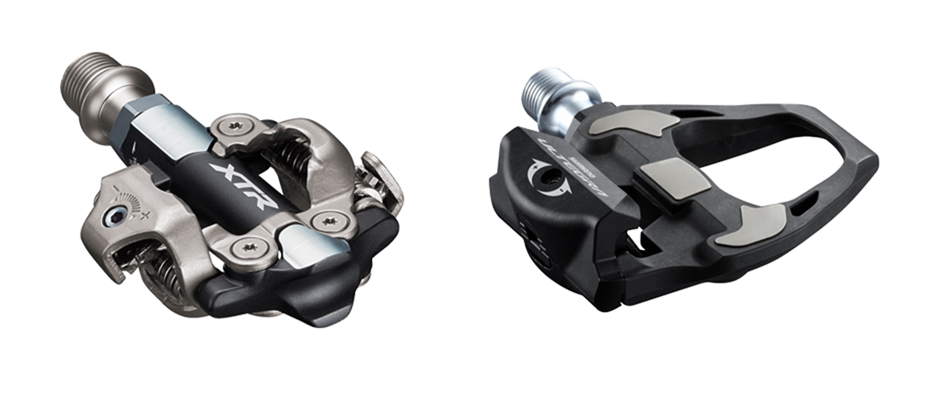
Finding the right stance width for your body type and riding style not only helps improve stability and pedaling efficiency, but it can also help riders avoid injury. Shimano’s different pedal axle lengths can help riders achieve their preferred stance width for different bike's and Q-Factors. There are no absolute rules in determining your ideal stance width, so consult an experienced professional bike fitter to get started.










